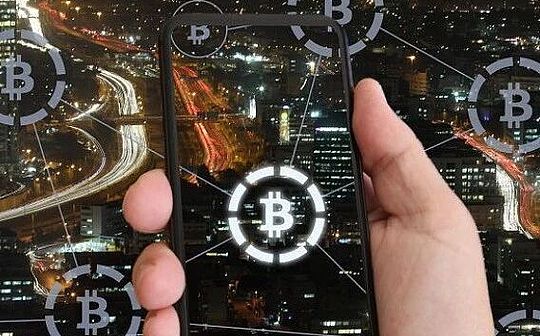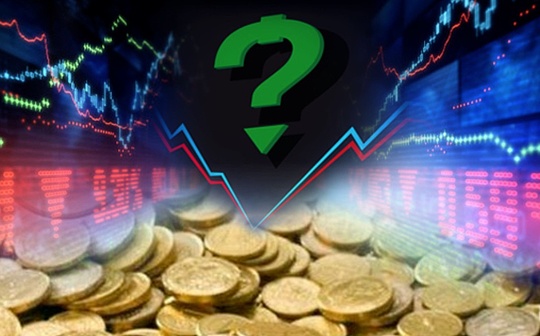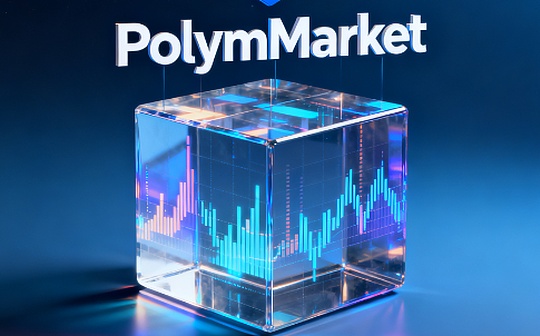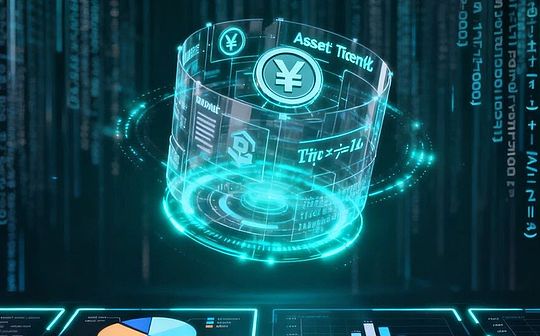
Author: Zhang Feng
As stablecoins are officially incorporated into the U.S. regulatory framework, a new multi-dimensional financial narrative integrating “stablecoins × RWA × ETF × DeFi” is emerging.In this profound evolution of cross-chain finance, the core focus is no longer Bitcoin or Meme coins, but the battle between the old and new order between Ethereum and Solana.
At present, Ethereum has shown greater certainty in carrying high-value RWA by virtue of its first-mover advantage in policy supervision, its deep institutional foundation, and its positioning as an “on-chain treasury bond.”Solana, with its technical efficiency and active consumer-level ecosystem, poses a strong challenge in terms of growth rate and specific application scenarios.There are fundamental differences between the two public chains in terms of technical architecture, compliance strategies, expansion paths and even value foundations. Their competition on the RWA track may have just begun.

1. ETH dominates the market, and SOL is catching up at a high speed
In the emerging track of RWA, Ethereum and Solana present a situation of coexistence of “the strong and the fast catching up”.In terms of total locked value, Ethereum still maintains its absolute dominance.According to public information, as of mid-2025, the total amount of RWA issued on the chain has exceeded 40 billion US dollars, of which more than 70% occurred on the Ethereum main network and its L2 network.Core products including BlackRock’s BUIDL, Franklin Templeton’s BENJI, Ondo’s USDY and other core products all use ETH as the key peg layer or liquidity medium.
Although Solana has a small base, its growth rate is impressive.Data shows that in the first half of 2025, the total value of RWA in the Solana ecosystem has an annual growth rate of more than 200%, which is much higher than Ethereum’s 81% growth rate in the same period.As of August 2025, Solana’s total RWA value has exceeded US$418 million, gradually establishing its position in the market.
This difference in growth reflects the different development stages of the two public chains.Ethereum is like a mature financial center, with complete infrastructure and a deep user base; Solana is like an emerging special economic zone, attracting innovative projects with higher flexibility and efficiency.
2. Ecological Differences between Financial Empire and Innovation Testing Ground
Ethereum and Solana show completely different philosophies on RWA ecological construction.Ethereum’s RWA ecosystem is highly concentrated in traditional assets such as government bonds and gold, of which Chinese bond projects account for 75.9% and commodities (mainly gold) account for 20.3%.This asset distribution reflects Ethereum’s deep binding to the traditional financial system. BlackRock’s BUIDL fund has become the absolute main force in the Ethereum RWA ecosystem with its scale of US$2.7 billion.
On the other hand, Solana’s ecology is more diverse and experimental.Although Solana cannot compete with Ethereum in terms of total RWA, it is active in on-chain native consumption areas such as Meme coins, DePIN, and mini-games.These projects form a rapid closed loop of “low-cost experiment → community-driven FOMO → high-frequency trading stimulation”.
The ecological construction model is also very different.Ethereum’s RWA ecosystem is dominated by traditional financial giants such as BlackRock and Franklin Templeton, while Solana is driven more by emerging projects and startups, reflecting the different community cultures and user bases of the two.
3. The path of institutional compliance and regulatory disruption
In the key dimension of policy regulation, Ethereum and Solana are heading towards different development paths.The passage of the GENIUS Act provides a clear federal regulatory framework for stablecoins and RWAs, and Ethereum has become the biggest beneficiary of this policy dividend.After the bill was passed, stablecoin issuers such as Circle and Paxos clearly stated “on-chain reserve transparency” and “short-term U.S. debt pledge structure” as their core demands.In Circle’s latest asset allocation, WETH’s proportion has risen to 6.7%.
Solana is exploring a path of “compliant issuance of consumer assets”.For example, OKX launched an exclusive Launchpad for assets on the Solana chain in July 2025, and introduced a light KYC mechanism to the Meme coin issuance process.This “two-way compliance” means that policy dividends are being distributed differentially according to application scenarios.
Regulatory attitudes are also quietly changing.Paul Atkins, former commissioner of the U.S. Securities and Exchange Commission, publicly stated: “Asset tokenization is an innovation, and we should explore directions to promote market development.” The formation of this regulatory consensus provides more possibilities for Solana’s development in the RWA field.
4. The eternal trade-off between performance and security
Technical characteristics constitute the basic elements for ETH and SOL to compete on the RWA track. Both have their own characteristics in key indicators such as throughput, cost and finality.
Solana stands out for its high-performance features, which can theoretically handle up to 65,000 transactions/second with confirmation times ranging from sub-seconds to seconds.This combination of high performance and low cost makes Solana particularly suitable for RWA application scenarios that require high-frequency transactions and small-amount transactions.
Ethereum has taken a different scaling path.Although its base layer TPS is relatively low, Ethereum has achieved a significant increase in effective throughput through Layer 2 Rollups technology.This “security base + efficient execution layer” architecture provides a more robust infrastructure for high-value RWA assets.
From the perspective of finality, Solana’s fast finality is suitable for real-time applications, while Ethereum requires a longer base chain finalization time, but through Rollups technology, the user experience has been significantly improved.This difference is critical for RWA applications that handle large-scale financial assets.
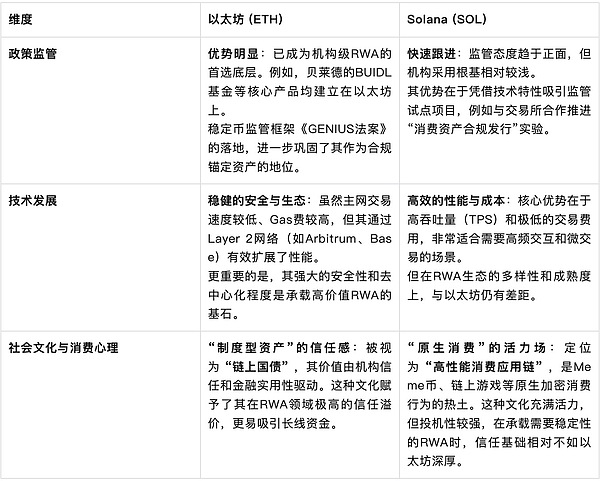
Taken together, the relationship between ETH and SOL in the RWA track is not a simple “life or death” substitution relationship, but more like layering and complementarity.
ETH: a more certain “financial bottom layer”.If you are looking for the most solid and certain option in terms of policy compliance, institutional adoption, and asset security, then Ethereum is the unquestionable top choice right now.It is becoming the “institutional main axis” of traditional financial assets on the chain.
SOL: A “growth engine” with huge potential.Solana, with its astonishing growth rate (the annual growth rate of total RWA value exceeds 200%) and excellent technical efficiency, has demonstrated its huge potential in cost-sensitive and high-speed consumer applications.It’s more like a “short-term burster.”
5. Different preference allocation logics of institutional funds
At the capital level, Ethereum and Solana show very different capital flows and institutional preferences.In terms of ETH, many U.S. listed companies have begun to establish large-scale Ethereum asset vaults.In July 2025, GameSquare announced that it would increase its digital asset vault authorization to US$250 million and hold an additional 8,351 ETH.SharpLink Gaming has accumulated a total of 19,084 ETH holdings this month, with a total holding of 340,000 ETH and a market value of over US$1.2 billion.These institutions regard ETH as “on-chain treasury bonds + high-quality asset base + institutional target for spot ETF access”, reflecting their recognition of Ethereum’s status in the traditional financial system.
SOL attracts different types of capital.Listed company DeFi Development Corp announced an increase in its holdings of 141,383 SOLs, bringing its total holdings to nearly 1 million.SOL treasury company Upexi bought 100,000 SOLs for US$17.7 million, with a total position of 1.82 million SOLs and a floating profit of more than US$58 million.These capitals pay more attention to SOL’s triple attributes of “tradable assets + user growth indicators + narrative carrier”, focusing on ecological activity, transaction depth and the consumption attributes of “story on the chain”, rather than technical details.
6. Complementary coexistence or winner takes all?
Looking to the future, the development prospects of ETH and SOL on the RWA track are not a simple zero-sum game.For Ethereum, its development prospects are closely linked to the progress of spot ETFs and the expansion of RWA scale.Institutions such as Grayscale and VanEck are accelerating the preparation of Ethereum spot ETF products.Once approved, it will open the floodgates for traditional capital to enter Ethereum.
Solana may seek breakthroughs through ETF product differentiation.Bitwise CEO Hunter Horsley pointed out that Solana may surpass Ethereum in the staking-ETF format because SOL’s unstaking period is significantly shorter – which is crucial for funds that need to process creation and redemption quickly.This technological difference could become Solana’s unique advantage.
In the future, when we make any judgments or decisions, we may need to pay close attention to the following developments.One isSubtle changes in regulatory policies,Any new regulations regarding the definition of security tokens, stablecoin reserves, or cross-chain compliance could change the competitive landscape.The second isKey institutions stand in line,Pay attention to which chain traditional financial giants such as BlackRock and Fidelity will choose to issue new RWA products in the future.The third isBreakthrough of technical bottlenecks,It will be interesting to see whether Ethereum’s Layer 2 network can maintain security while reducing fees, and whether the Solana network can continue to remain stable without disruption.
From a broader perspective, the RWA market itself is still in its early stages of development and is large enough to accommodate the common growth of multiple public chains.Ethereum and Solana are likely to form a complementary coexistence rather than a substitution relationship, each serving different asset classes and user groups.


